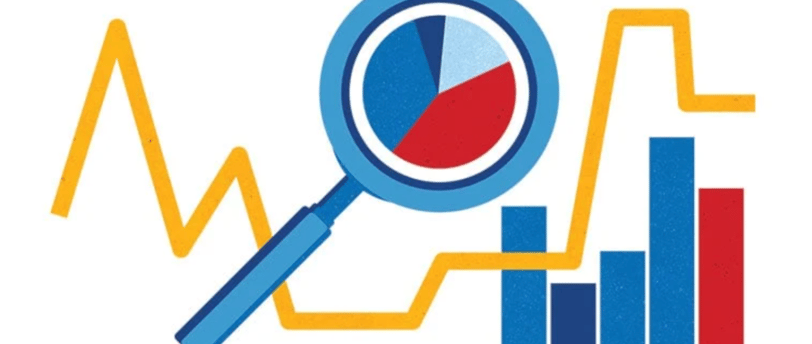Primary Data vs Secondary Data
12/1/20231 min read


In the world of decision-making, two types of data emerge: primary data and secondary data, each with its unique powers to guide us through the choices.
Primary data is information gathered firsthand for a specific purpose or inquiry. This method involves direct collection through techniques like interviews, observations, surveys, or experiments, tailored to address particular research questions or decision-making needs. It serves as a foundation for original insights, starting with an exploratory phase to discover new perspectives and formulate initial hypotheses. Following this, the confirmatory phase rigorously tests these hypotheses, solidifying conclusions and refining understanding. Primary data is project-focused, providing detailed, contextualized information crucial for addressing specific decisions or research inquiries.
In contrast, secondary data refers to pre-existing information collected for purposes other than the immediate decision or study at hand. This data is obtained from sources like sales reports, industry studies, scholarly articles, or government publications. Secondary data tends to offer a broader, more general understanding of a subject, providing a wealth of background information and context. While it may lack the specificity of primary data, its accessibility and cost-effectiveness make it a valuable starting point for research or decision-making processes, offering a comprehensive overview of the subject matter.
Primary data and secondary data are like a dynamic duo, each bringing something special to the table. While primary data crafts tailored insights, secondary data sets the scene, providing a bigger picture. They balance each other out.
Leveraging the strengths of both primary and secondary data cultivates a path towards well-informed decisions. This provides a blend of comprehensive insights and diverse perspectives, guiding through the intricate terrain of the data landscape.
